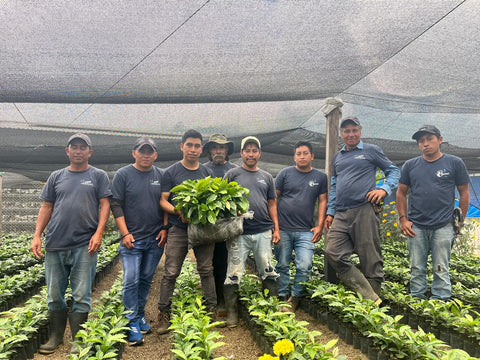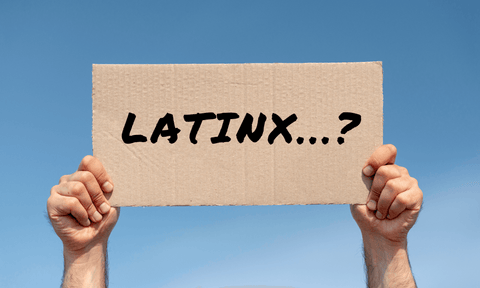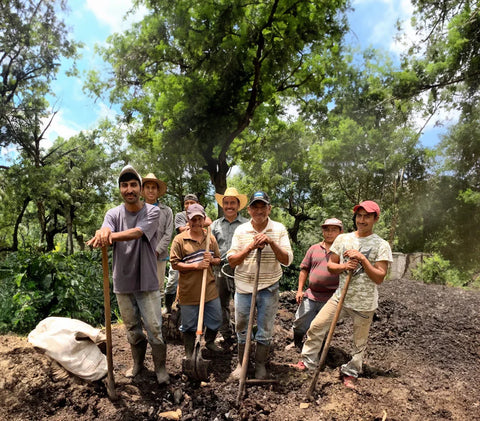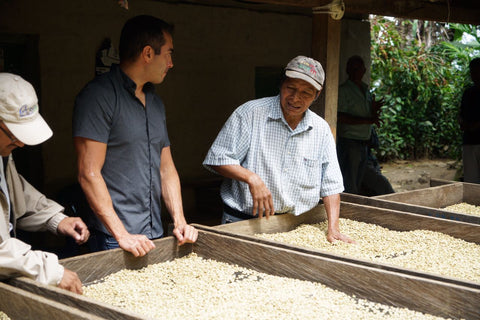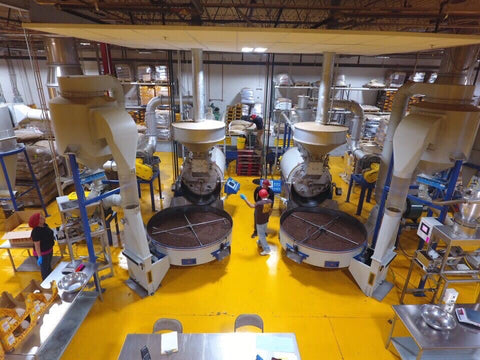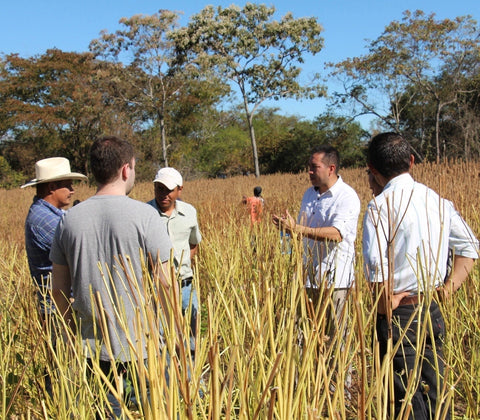ORGULLO LATINO
Reading time: 4 minutes
Cool Inventions: How The Incas Gave Us Freeze-drying
Contrary to popular belief, the process is nothing new.
We know that the Inca Empire was one of the greatest in history. They were the largest-ever empire on the American continent. And as such, their agricultural innovations were remarkable.
So vast was their empire, in fact, that they fed it using a network of irrigated terrace plantations planted with a variety of staples, including potatoes.
Of course, as well as cultivating crops to feed millions of people, they also had to develop ways to store and transport them.
One such method was freeze-drying.
The process was simple: they would spread potato slices on a clean surface outside (while also making sure alpacas and llamas couldn’t reach it), cover it with a cloth, and leave it overnight to freeze in the cold air.
The following day they would trample over the potatoes repeatedly to squeeze out any excess moisture. The potatoes would then be left to dry out in the sun.
These steps would be repeated several times and the resulting end-product was known as chuño. As well as being able to store this for long periods, it was also lighter and easier to transport than fresh potatoes.
As such, the food could easily be distributed across the vast empire. It also made it the ideal food source for the Inca army.
Freezing was simple thanks to the high elevations – while the many varieties of potatoes they developed across what is now Peru and Bolivia meant they were readily available. As well as that, we all know how filling and nutritious potatoes are – making them perfect for Inca soldiers.
Some records indicate that the Inca's military rations were superior to what the Romans or even Napoleon used to feed their armies.

A Seasonal Necessity
But it wasn't just the armies who benefited from this. As well as that, freeze-drying potatoes meant the people of the vast Inca Empire had food to eat throughout the year.
Even if a crop failed or a harvest was poor, their huge food stores allowed them to survive – and thrive – through tough winters.
In fact, as Alberto Salas, a Peruvian specialist in genetic diversity, explains, the process allowed them to "preserve potatoes for decades".
The freeze-drying process even improved the taste of some strains of potato.
"For thousands of years the inhabitants of the Andes have naturally domesticated a bitter potato that would otherwise be inedible," Alberto says.
Freeze-drying did not only extend the lifespan of food but expanded the Inca's food sources.
Described as "dry and light as cork, very dense, heavy and shrunken" by a Spanish priest who first came across it, the Inca would add the chuño to boiling water and "eat it cooked instead of bread".
Often confused with chuño, the Inca also made moraya with potatoes using the method of freeze-drying.
For moraya, however, the process involved another step: soaking potatoes in cold water (usually in bags in mountain streams) before leaving them outside to freeze during the night.
This difference in process also contributes to the changes in color, explains food writer Brayan Coraza Morveli: "Chuño is a potato laid out on the ground to freeze and thaw. It turns black in the air and light. Meanwhile moraya is processed in water. As a result it leaches out the chemicals that otherwise would turn dark."

The Inca Refrigerator
Even with modern tech and electric appliances, freeze-drying is still in widespread use today.
The dehydration process can be used to preserve perishable foodstuffs such as instant coffee that would have a short shelf life otherwise or that will deteriorate if not refrigerated. It also prevents the risk of microbial contamination in these products.
Modern society has greatly benefited from this ancient method: it still allows us to feed astronauts and military personnel.
This ancient technology, pioneered by the Incas, is still used by scientists and labs across the world – some forms of freeze drying are used to preserve vaccines and blood plasma.
But it is not just the process that is still in use. Chuño is also still used, especially in Peruvian and Bolivian cuisine, where it is incorporated as a thickening agent for dishes like chairo and carapulcra.
It is also used to make a popular snack called papa helada, which is made by combining boiled chuño with Andean cheese.
"Today, it is still valuable and widely used but in new and different forms," Alberto says of both the traditional process and products.
History student Alejandra Osorio arrives at a similar conclusion in her research paper.
"Chuño endures," she writes. "It is still produced in the same way today. Its continuous preparation shows the persistence of indigenous production methods and knowledge.
"The chuño example in Latin America allows us to think about technologies in the twentieth century beyond the ideal of Western industrial modernity."



